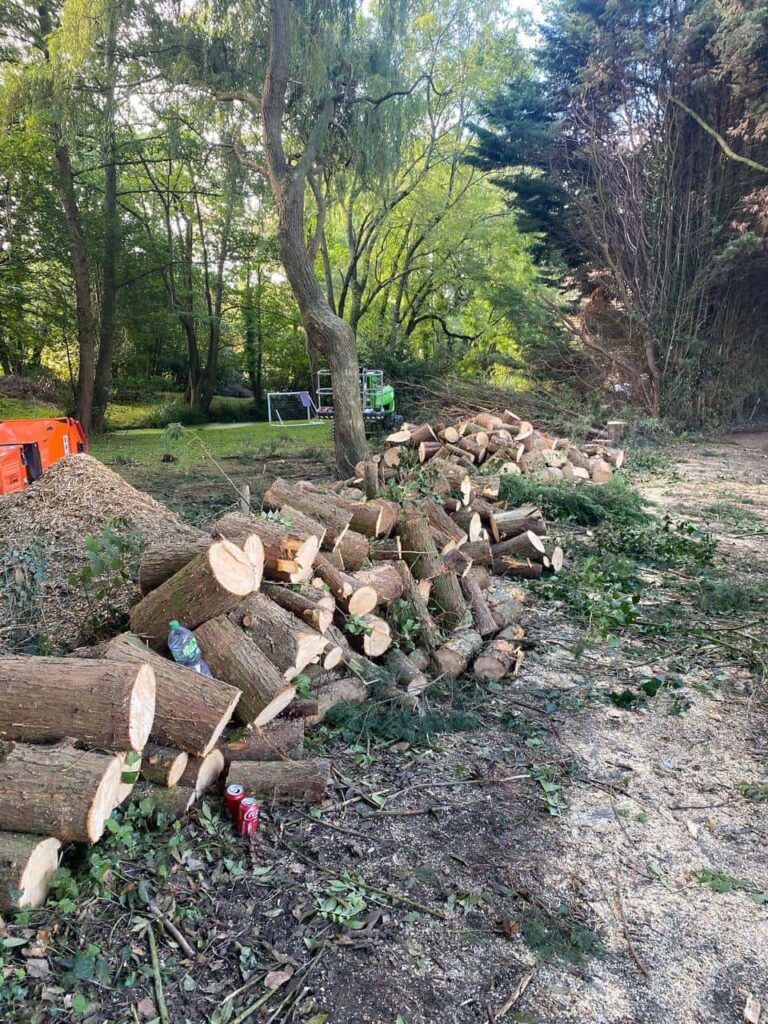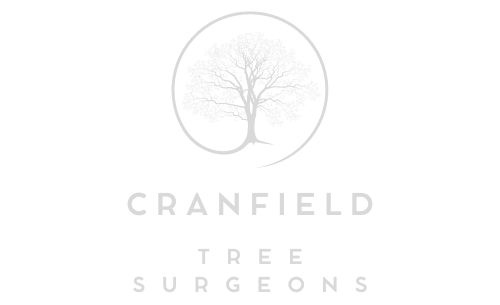What Are the Different Types of Tree Surgery, and Which One Does Your Tree Need?
Tree surgery is an essential service for maintaining the health, safety, and aesthetic value of your trees. Whether you live in Cranfield, Bedfordshire, or elsewhere, understanding the different types of tree surgery and knowing which service your tree needs can help you make informed decisions and ensure your trees thrive. From pruning to full-scale removals, tree surgery offers a range of solutions tailored to your tree’s specific condition.
Common Types of Tree Surgery
Tree surgery involves a variety of techniques, each aimed at addressing specific tree issues. Understanding these services can help you identify the right treatment for your tree.
- Tree Pruning
Pruning is the most common form of tree surgery and involves the selective removal of branches to improve the tree’s structure, shape, and health. There are different types of pruning:- Crown Thinning: Removing a small portion of the branches to increase light penetration and air circulation. This method helps to maintain the health of the tree and prevents disease spread.
- Crown Reduction: Reducing the size of the tree’s crown to limit its height or spread, typically to manage growth around structures or to prevent tree damage during storms.
- Deadwood Removal: This involves removing dead or diseased branches that pose a risk to the tree’s health and the safety of nearby people and property.
- Tree Felling
Tree felling refers to the complete removal of a tree. This is usually necessary when a tree is dead, diseased beyond repair, or too dangerous to remain in its current location. The decision to fell a tree is a serious one and is typically considered when other treatments are not viable. - Tree Pollarding
Pollarding is a form of severe pruning typically used on trees that are regularly subject to damage from storms or require regular trimming for safety. It involves cutting back the main branches to encourage the tree to produce dense, new growth. This method is common for trees like willows and oaks. - Tree Stump Removal
After a tree is felled, the stump is often left behind. Stump removal involves grinding down the stump below ground level to prevent regrowth and avoid obstructing space. This is especially important for homeowners who plan to use the space for new planting or construction. - Tree Bracing and Cabling
When a tree has weak or split branches, bracing and cabling can help provide structural support. This technique involves placing cables or braces to reduce the risk of a tree’s limbs breaking or causing further damage. It’s a practical solution for trees that have a history of wind damage or are located in high-traffic areas.
How to Determine Which Tree Surgery Your Tree Needs
Choosing the right type of tree surgery depends on the specific problem your tree is facing. Consider the following factors when assessing what your tree needs:
- Tree Health: If your tree is diseased or dying, it may require pruning to remove infected parts or felling if it poses a risk to surrounding areas.
- Growth Control: If your tree is growing too large for its location, crown reduction or pruning may be necessary to keep it manageable.
- Safety Concerns: If your tree has large, overhanging branches or weak limbs, pruning, bracing, or cabling can reduce the risk of damage or injury.
- Space for New Projects: If you need to clear space for construction or landscaping, tree removal or stump grinding may be the best option.
Consulting with a professional tree surgeon can help you determine the most suitable treatment for your tree based on these factors.
Why Professional Tree Surgery Matters
While it may be tempting to handle tree maintenance yourself, tree surgery requires expertise, the right equipment, and safety precautions. Professional tree surgeons can:
- Ensure the Safety of Your Property: Proper pruning, felling, or cabling ensures the safety of your home, nearby structures, and anyone in the vicinity.
- Promote Tree Health: Expert tree surgery helps maintain your tree’s health by addressing issues early on and preventing long-term damage.
- Comply with Local Regulations: Tree surgery may require permissions or adherence to local laws, especially for large trees or protected species. Professional tree surgeons are knowledgeable about these requirements.
Conclusion
Tree surgery is an essential service for homeowners in Cranfield, Bedfordshire, who want to maintain the health and safety of their trees. Understanding the different types of tree surgery, from pruning to felling, can help you determine which service your tree requires. Whether you need simple maintenance or a complete tree removal, hiring a professional ensures the job is done safely and effectively.
For expert tree surgery services in Cranfield, contact Cranfield Tree Surgeons today. Our experienced team can assess the condition of your trees and provide tailored solutions that enhance both their health and safety.
Call us on: 01234 860 988
Click here to find out more about Cranfield Tree Surgeons
Click here to complete our contact form and see how we can help with your tree care needs.

